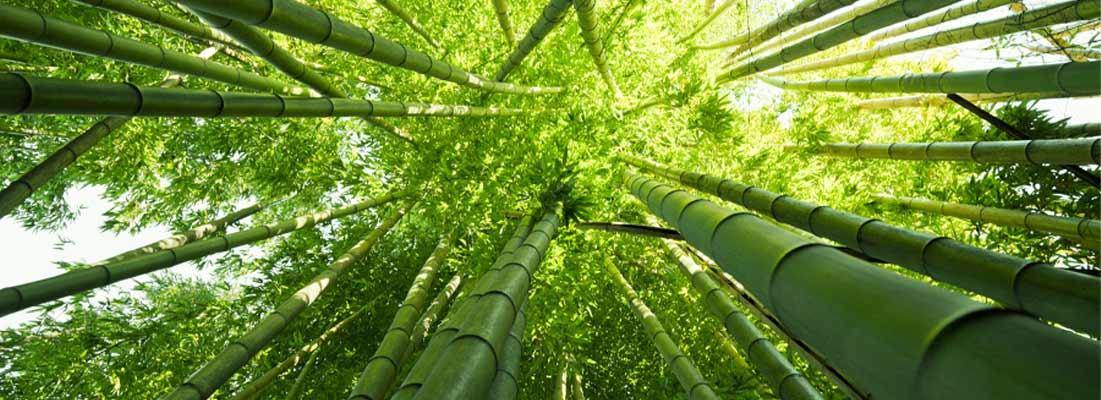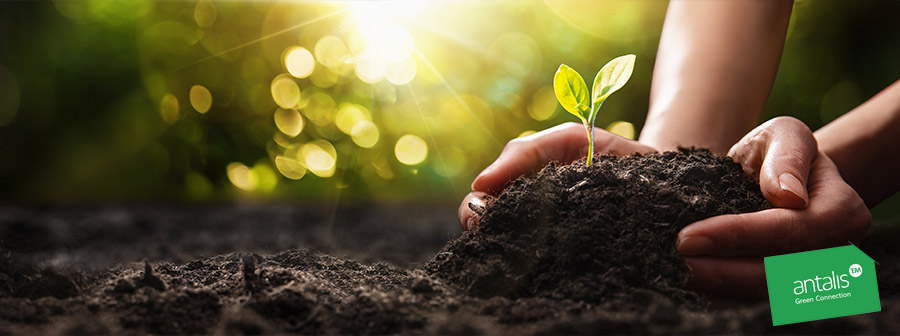Recycled alternative fibres
Premium recycled pulp
What does « Premium Recycled » mean?
Arjowiggins stands for quality. This is why our recycled grades are made with a superior recycled pulp.
- A careful selection of the waste and specific deinking process ensures the cleanliness of the pulp and the excellent printability.
- This process and our mills’ expertise enable us to offer high quality recycled papers:
- High level of whiteness
- Excellent level of cleanliness
- Homogeneous sheet formation
- High stiffness
- Excellent shade homogeneity, including for black papers and high grammages
How does AWCP produce premium recycled papers?
- A cellulose fibre can be re-use up to 5 times for premium papers, and 7 times total before it’s too short.
- The process uses less water and energy than virgin wood pulp.
- De-inking uses water, black soap, hydrogen peroxyde followed by sodium hydrosulfite, both non pollutingchemicals.
The process is chlorine free (PCF).
Pulp & other raw materials
- 100% of our pulp is:
- FSC (Forest Stewardship Council) certified àsustainably managed forests. All of our brands FSC certified since June 2008.
-ECF (Elementary Chlorine Free) certified àpulp has been bleached using no chlorine
-EUTR (EU Timber Regulation) compliant àfighting against illegally harvested timber
- Pulp origin:
-80% hardwood, mostly eucalyptus from Spain, Portugal, Sweden and Brazil
-20% softwood, spruce and pine, coming from Sweden
- More than 100 recycled papers, from 25% to 100% PCW recycled content
- Use of alternative fibers in some papers (bamboo)
- All other raw materials and chemicals are REACH compliant
The use of alternative fibres (bamboo & cotton)
Bamboo paper is sustainable from an environmental and socio-economic aspect
 The bamboo forest & mill sites are in Sichuan, China
The bamboo forest & mill sites are in Sichuan, China
- Bamboo is a fast, easily grown, perennial crop, which can be selectively harvested
- No fertilizers or pesticides
- Acts as an effective carbon sink
- No gender issue, child labour at the mill, corruption nor bribery at the mill
- Cleans the air, returns 30% more oxygen to the atmosphere than trees
- Requires less energy, water to grow
No added OBAs:
- Natural white with no added Optical brightening agents & exceptional opacity
Properties of bamboo fibres
Physical properties
- High fibre coarseness for a warm, natural touch
- Excellent opacity
- Long fibres & tear strength better than eucalyptus, for excellent performance in embossing & debossing
- Excellent bulk & rigidity
- Dimension stability as good as eucalyptus
Printability
- Great printing performance
-Great colour rendering, homogeneity & contrast on paper weights
-Screen printing up to 300 lpi
- Lowest ink drying time
Cotton papers: soft touch and feel

Soft, refined and composed totally of cotton fibres.
- Cotton is a fast, easily grown, perennial crop, which can be selectively harvested
- Cotton is sustainable, renewable, and biodegradable, making it an excellent choice as an environmentally-friendly fiber throughout its entire product life cycle
- The value of cotton lies in the structure of the fibers which are long, hollow, and tube-like.
Cotton technical aspects
Physical properties
- 100% cotton linters
- Lowest ash level
- Excellent bulk
- Excellent opacity
- Suitable for embossing, letterpress, die-cutting
- More long-lasting than wood-pulp paper, ideal for permanent documents
Printability
- High porosity of cotton paper
- Good runnability, generally better with blanket
- The less sensitive to ink rubbing amongst competitors
- Dry toner compatible








